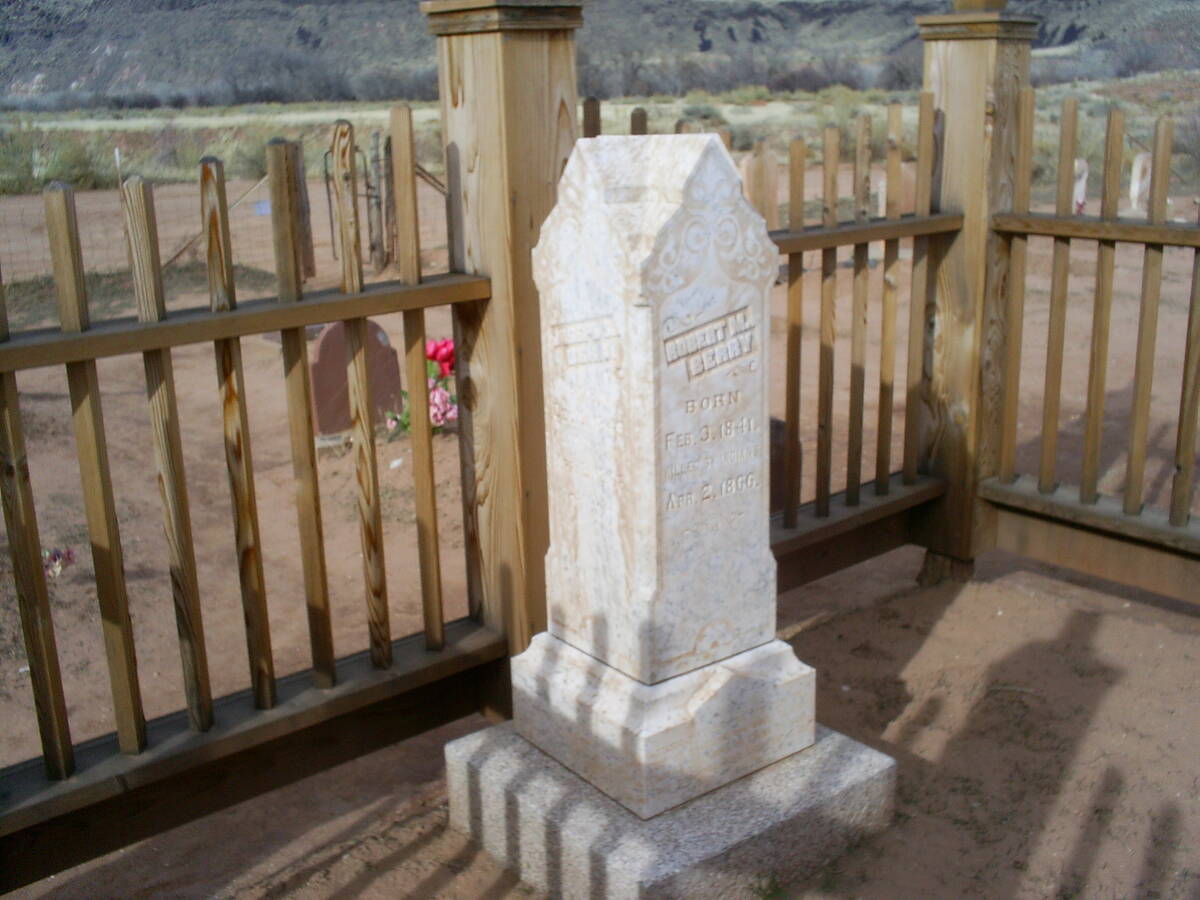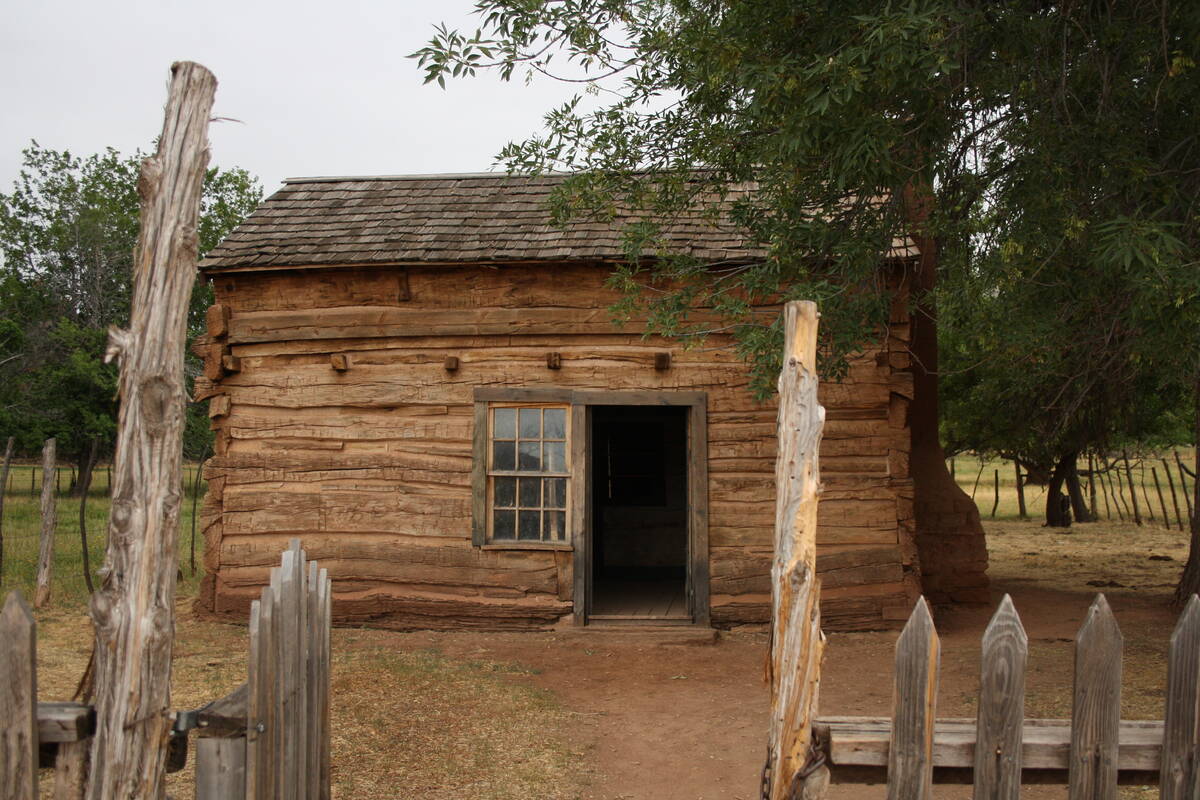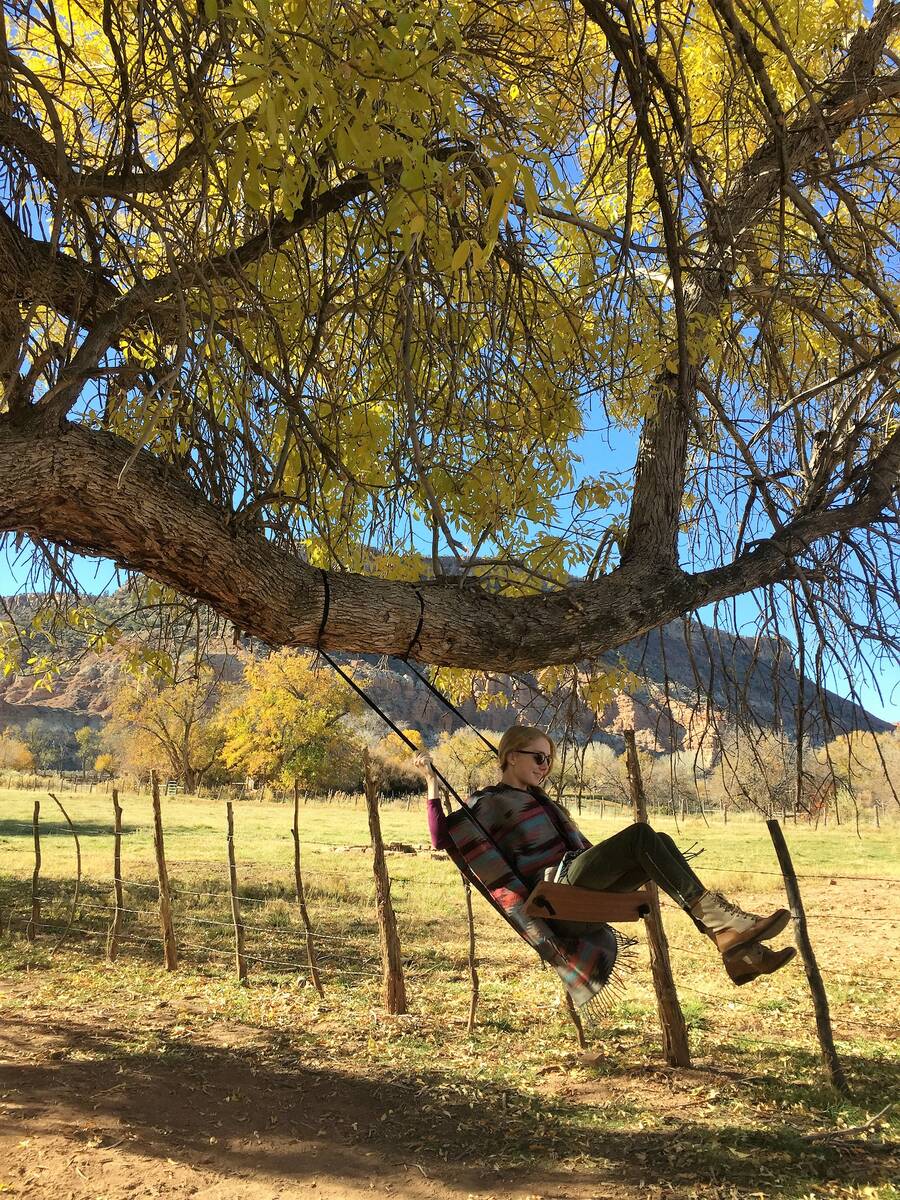Commune with pioneer spirit in Grafton, Utah
Although Grafton, Utah, is just a few miles off the main road to Zion National Park, it seems worlds removed from the park’s bustle. It’s quite possible you’ll be the only visitor as you stroll among Grafton’s historic buildings, mature deciduous trees, and open meadows with views of Zion.
Start your visit by picking up a brochure from the box near the schoolhouse. This provides a lot of valuable information on Grafton, including some great historical photographs. As you set off on foot it’s easy to look back in time and imagine what life might have been like here when Mormon pioneers settled the place.
Grafton was built in 1861 along the Virgin River, not far from its present site. In January 1862 a devastating flood destroyed most of the town. Not inclined to give up easily, the townsfolk rebuilt on higher ground a mile or so upstream, its current location. Having nearby water was crucial, but there was often either too much or not enough, an issue that continues today.
One of the most prominent and photographed buildings in Grafton is the schoolhouse. It was built in 1886 from handmade adobe bricks using a nearby natural clay pit. The building was set atop lava rocks, which they quarried, and the wood used was brought from Mt. Trumbull, located about 75 miles south on what’s now known as the Arizona Strip. Back in the day, the schoolhouse also served as a church and community meeting place; it was used for plays, music and dancing. People from all over the upper Virgin River area would come to Grafton on Friday nights to socialize.
Many members of the town helped build the Hurricane Canal, which diverted water from the Virgin River to a wide bench about 20 miles from here, current-day Hurricane. Once that was finished, many settlers moved their families and even their homes to Hurricane, leaving Grafton pretty much abandoned by 1906. A couple of holdouts lived here over the years, but everyone was gone by 1945. School was taught until 1919, when attendance had dropped to only nine. After this the children attended school in Rockville.
This historic site is on the National Register of Historic Places and is very well preserved thanks to the Grafton Heritage Partnership Project. The group was established in 1997 to preserve the town. Among many other deeds, they have raised funds for land acquisitions, restored the schoolhouse, rehabilitated the exterior of the Russell Home, added fencing and interpretive signs and protected this precious landscape for both humans and wildlife.
Because the elevation is 3,678 feet, you can expect temperatures to be about 5-15 degrees cooler than Las Vegas.
If the place looks familiar to you, it’s probably because one of the most iconic scenes in “Butch Cassidy and the Sundance Kid” was filmed here. It’s the scene in which Butch Cassidy, played by Paul Newman, rides a bicycle in an attempt to impress Sundance’s girlfriend, Etta Place (Katherine Ross). The background music “Raindrops Keep Falling on My Head,” by Burt Bacharach and Hal David, became one of our era’s most popular songs.
Before leaving the area, be sure to stop at the cemetery, which is about a third of a mile from the townsite. It is said to hold more than 74 graves from 1862-1924, many unmarked. In 1866 at least 11 people were buried here, including six people from diphtheria, three who were killed by Navajo raiders and two teenage girls who died in a freak accident involving a homemade swing.






















